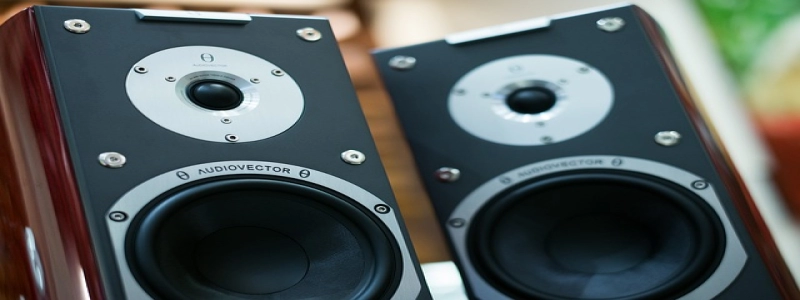Title: Mid Infrared Wavelength: Enhancing Discovery and Advancements
Johdanto:
The mid infrared wavelength range, also known as the \”fingerprint region,\” refers to the portion of the electromagnetic spectrum between the near infrared and the far infrared regions. This range, typically spanning from 3 to 30 micrometers, has proven to be of great significance in various scientific disciplines. Tässä artikkelissa, we will explore the multiple applications and advancements made possible by the utilization of mid infrared wavelength.
minä. Importance of Mid Infrared Wavelength
1.1 Molecular Identification and Spectroscopy
– The mid infrared region is uniquely suited for molecular identification due to the presence of characteristic absorption bands, often referred to as \”fingerprints.\”
– Spectroscopic analysis using mid infrared wavelengths allows for the identification of specific functional groups within molecules, enabling detailed analysis of chemical structures.
– This capability is particularly valuable in fields such as pharmaceuticals, forensics, and environmental monitoring.
1.2 Medical and Biological Applications
– Mid infrared imaging techniques, such as infrared microspectroscopy, provide invaluable insights into the molecular composition of biological samples.
– This knowledge aids in the diagnosis and monitoring of diseases, including cancer and neurodegenerative disorders.
– Mid infrared technology has also revolutionized the field of breath analysis, offering non-invasive methods for disease detection.
II. Advancements in Mid Infrared Technology
2.1 Quantum Cascade Lasers
– Quantum cascade lasers (QCLs) are compact and efficient mid infrared light sources.
– These lasers provide higher power and tunability compared to traditional sources, enabling a broad range of applications.
– QCLs find utility in gas sensing, security screening, and industrial process monitoring.
2.2 Mid Infrared Imaging Systems
– The development of highly sensitive, high-resolution cameras and sensors has significantly improved mid infrared imaging systems.
– These systems are utilized in military applications for target detection, surveillance, and reconnaissance.
– Infrared thermography, a mid infrared imaging technique, is extensively employed in building diagnostics, electrical inspections, and medical thermology.
2.3 Mid Infrared Spectroscopy
– Advancements in mid infrared spectroscopy have led to the emergence of new techniques such as Fourier-transform infrared (FTIR) spectroscopy.
– FTIR spectroscopy allows for rapid, non-destructive analysis of complex samples, finding use in pharmaceuticals, food industry, and geological surveys.
Johtopäätös:
The mid infrared wavelength has undeniably transformed various branches of science and technology. Its ability to accurately identify molecules, aid medical diagnoses, and facilitate technological advancements continues to bring lasting impact across numerous disciplines. As we delve deeper into understanding the complexities of this wavelength, we can expect further breakthroughs and applications, improving the quality of our lives and expanding our scientific knowledge.







